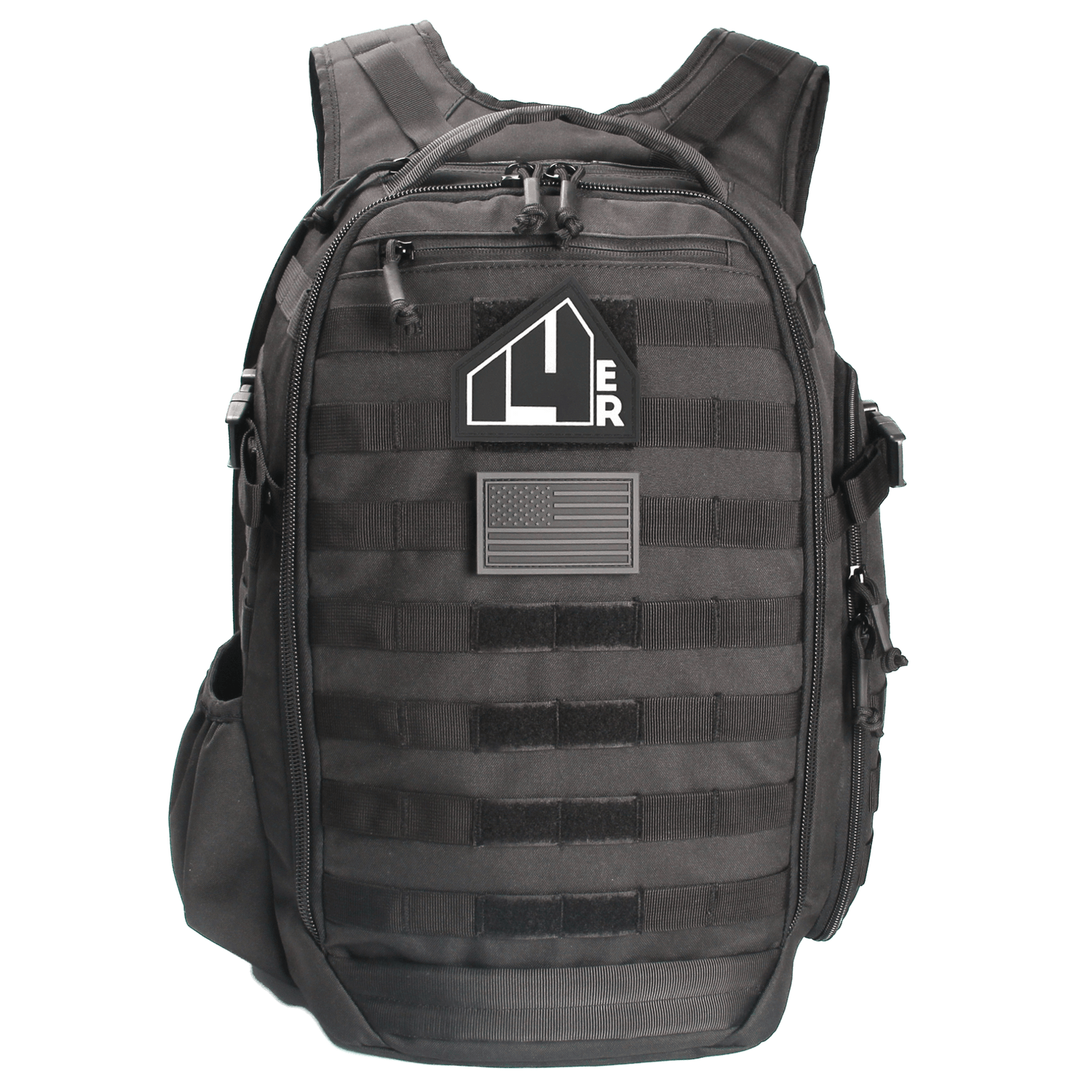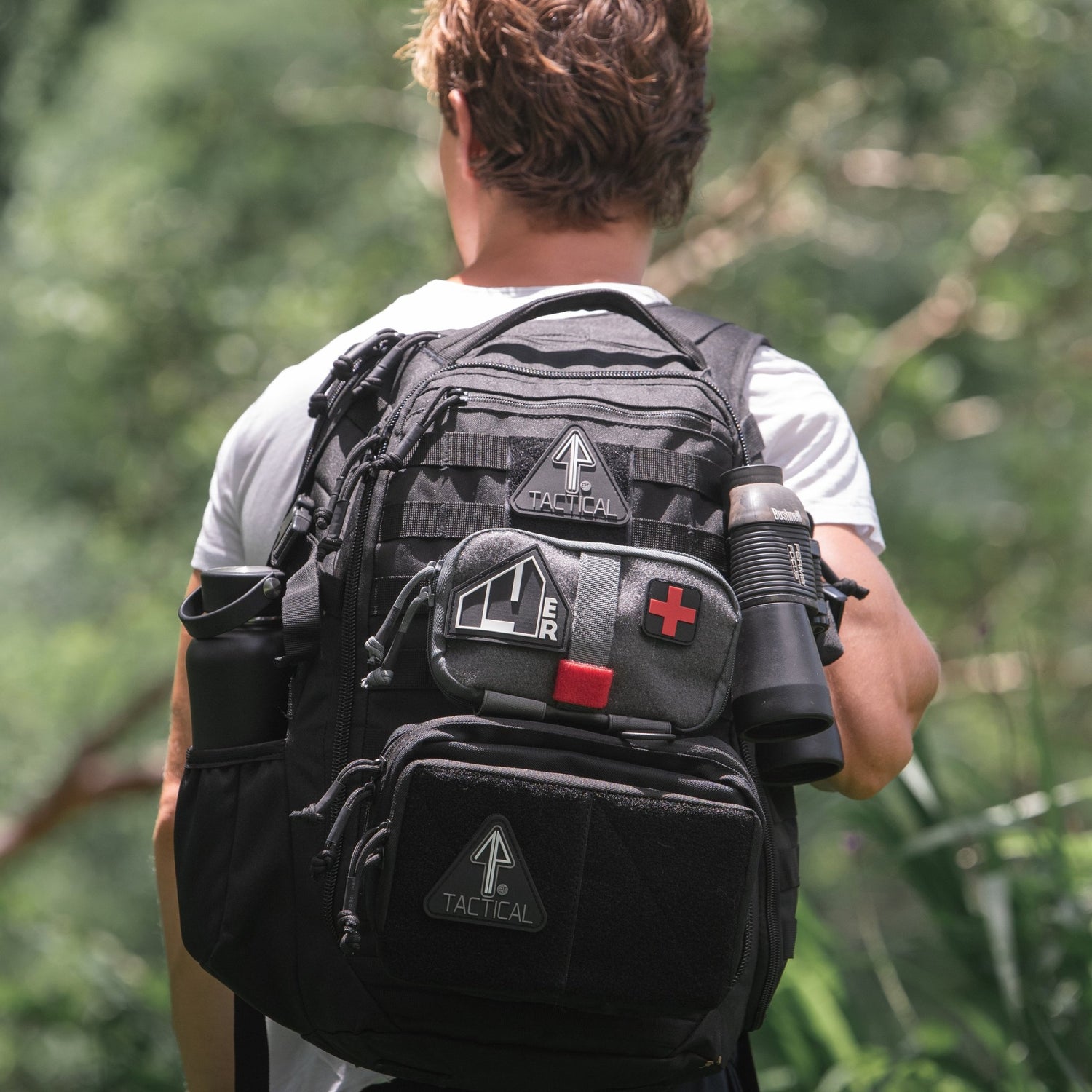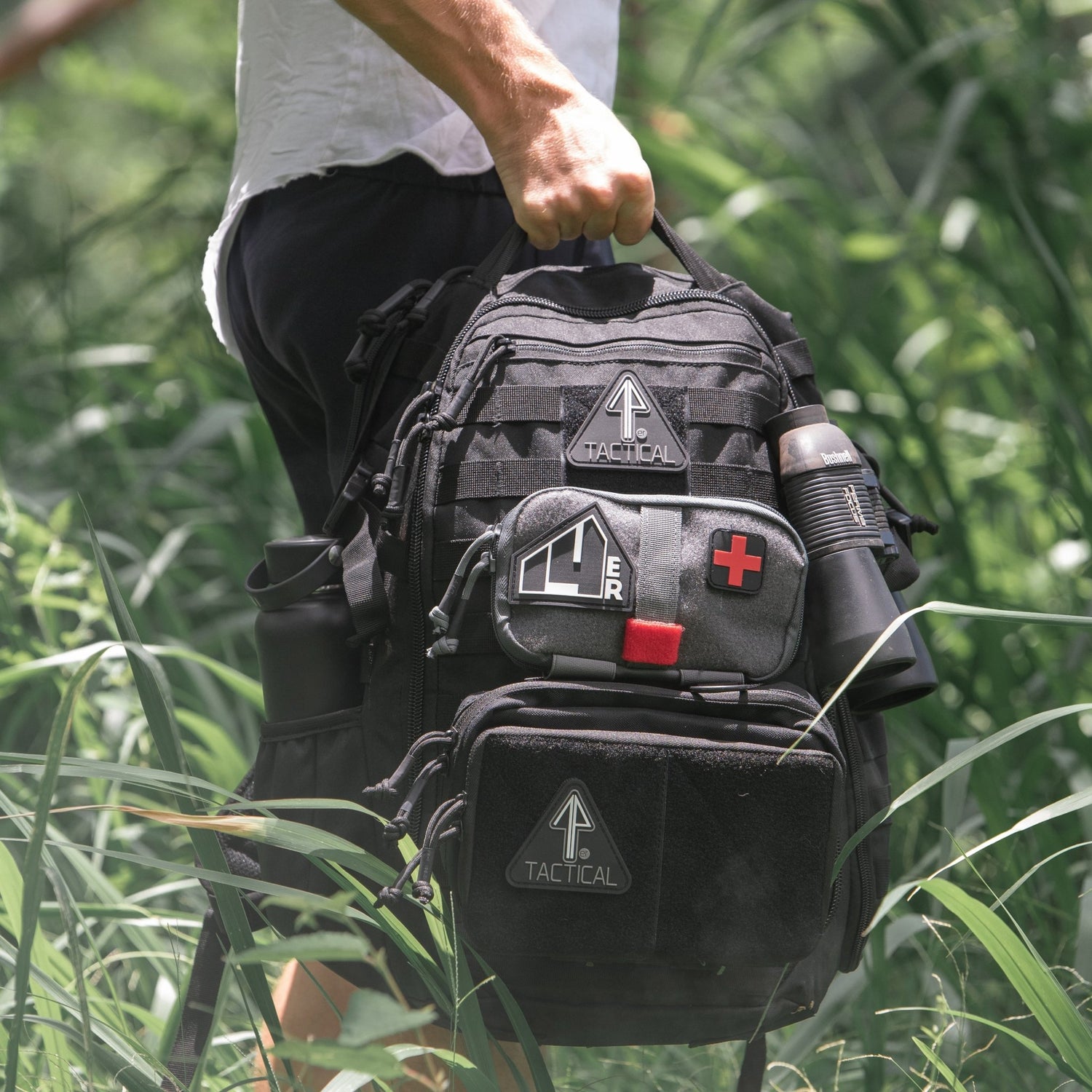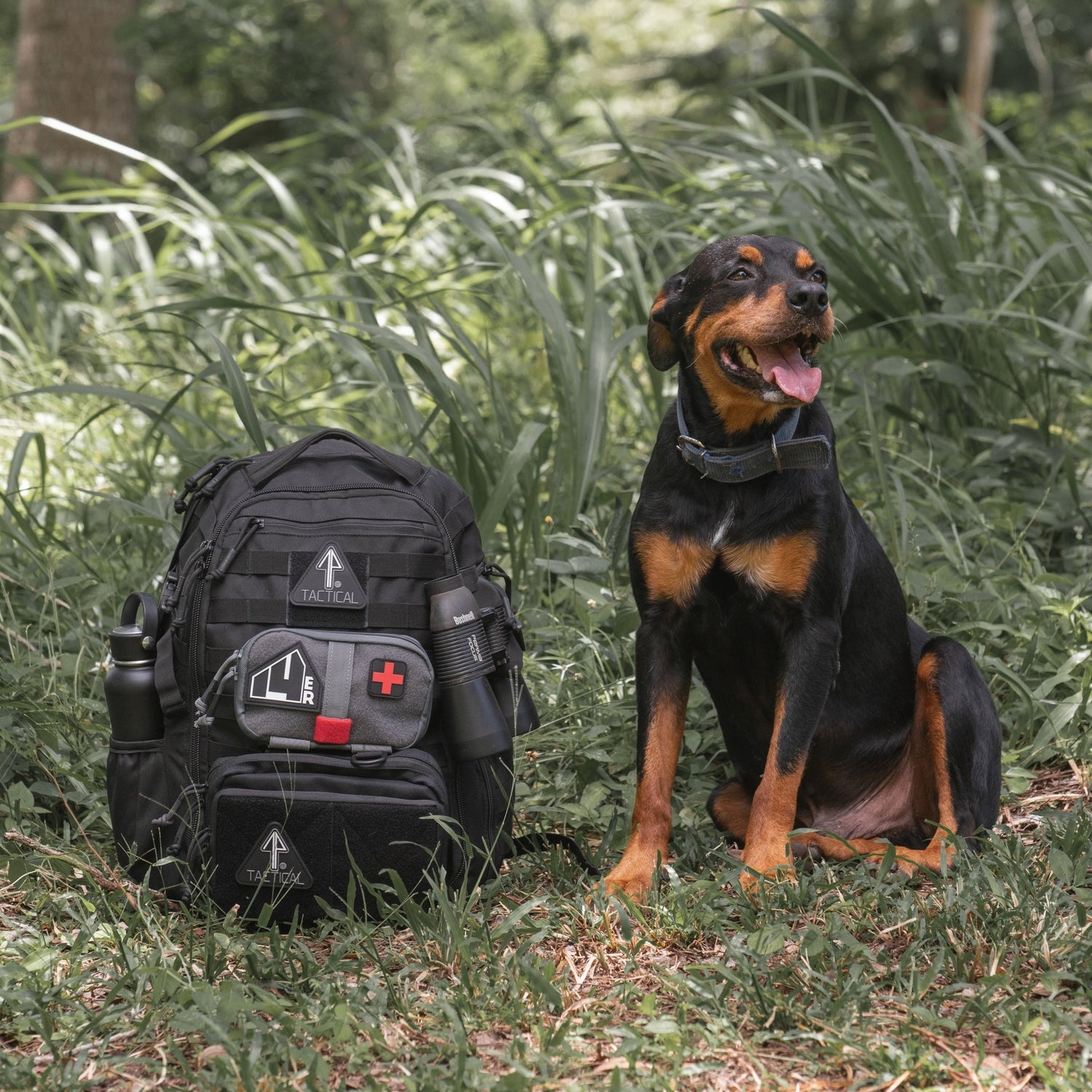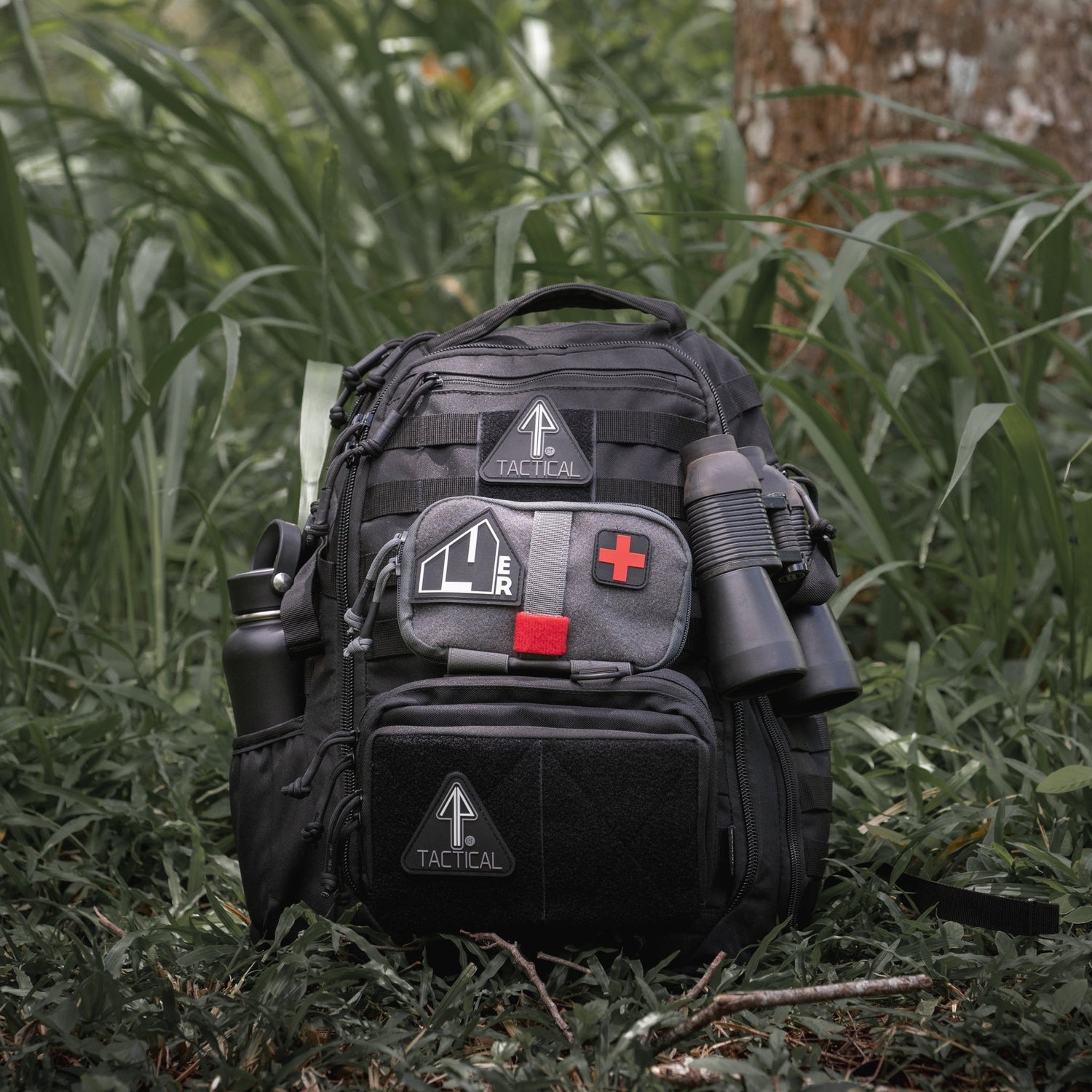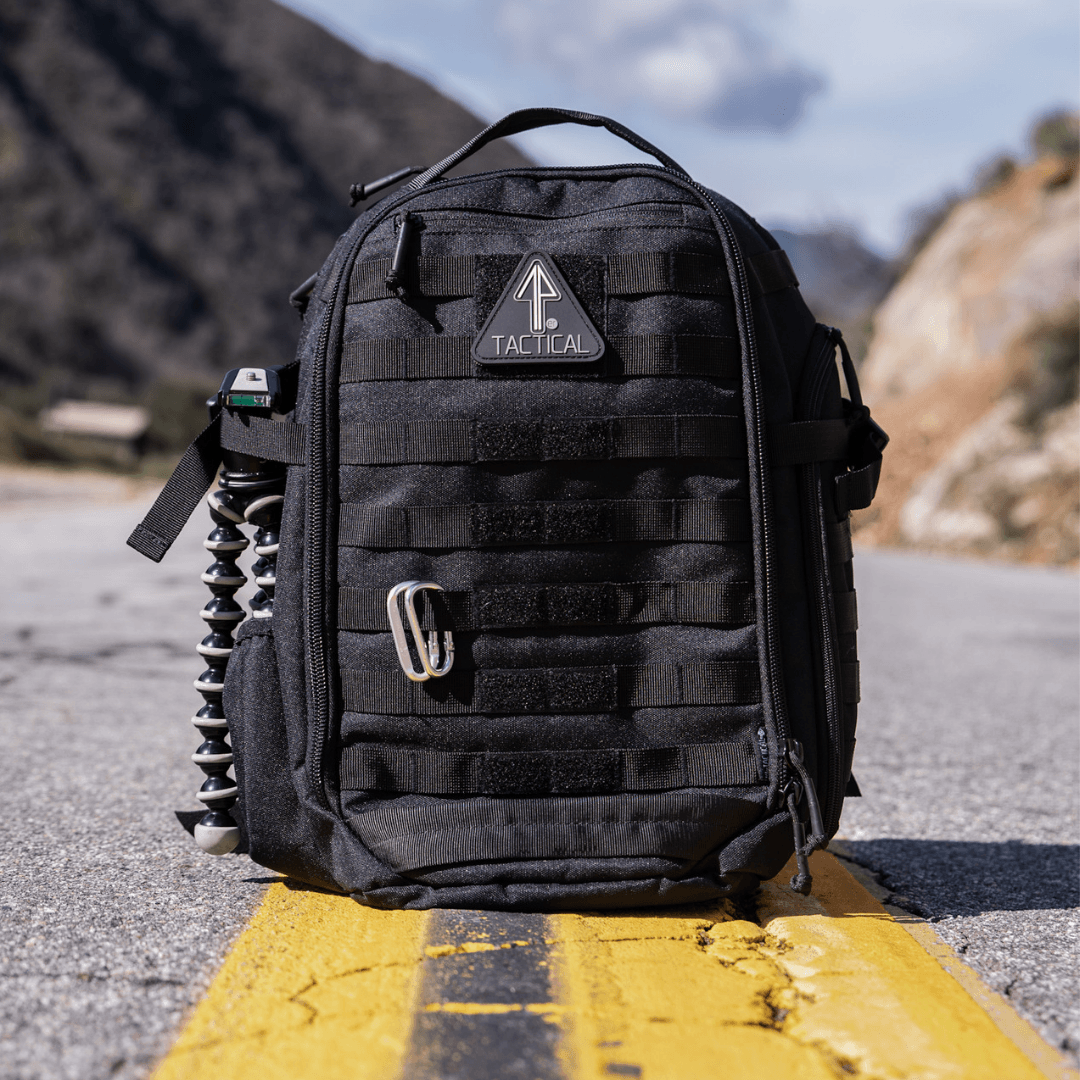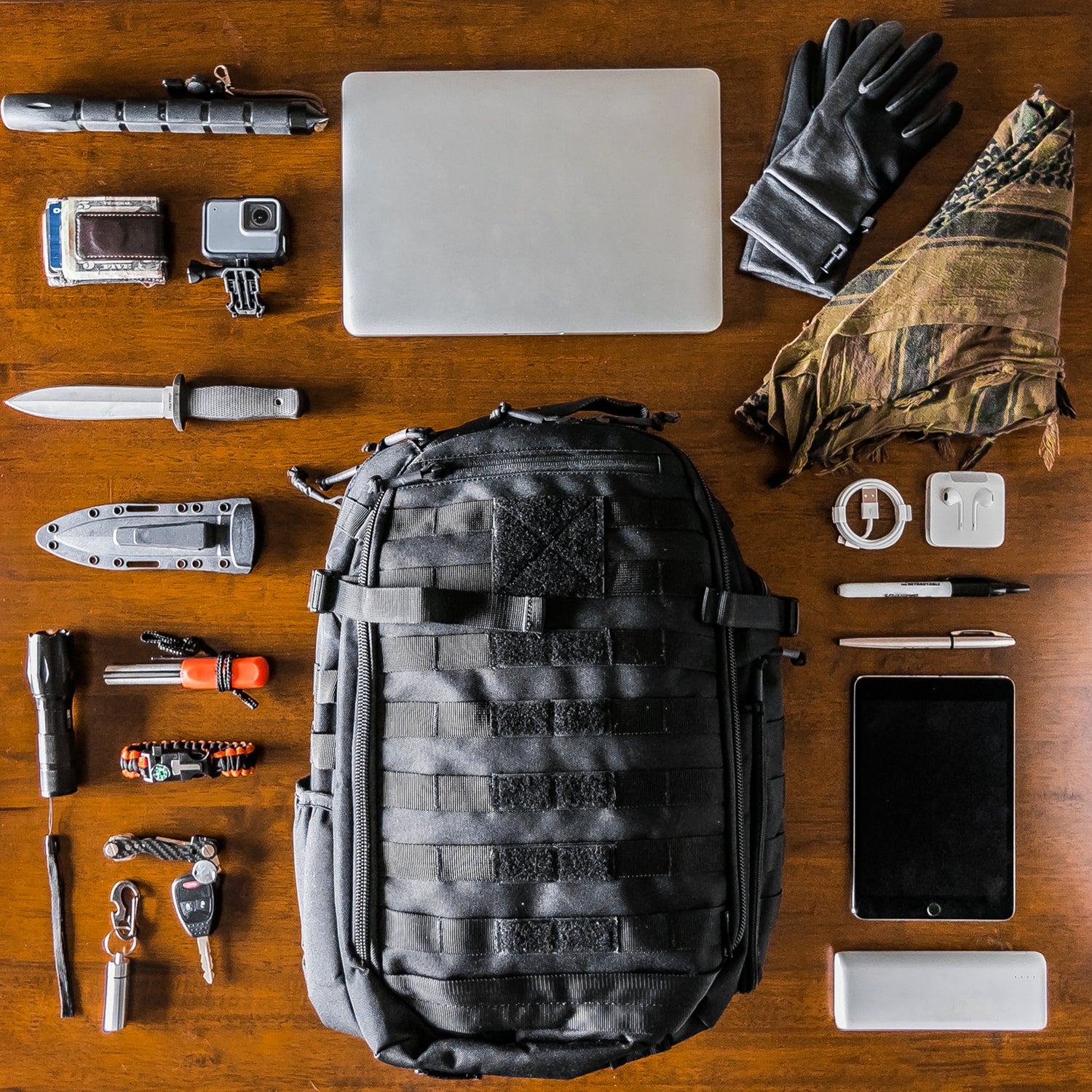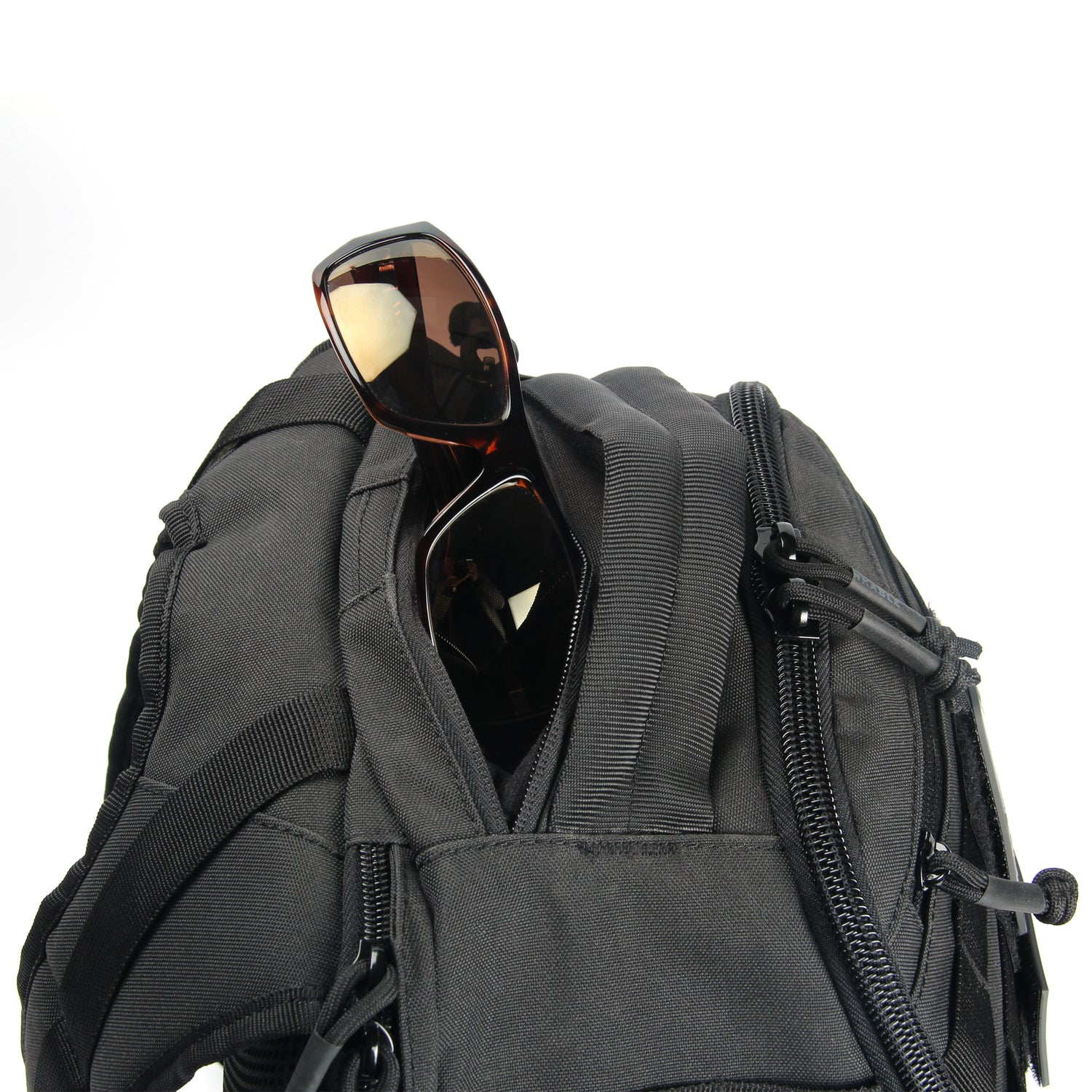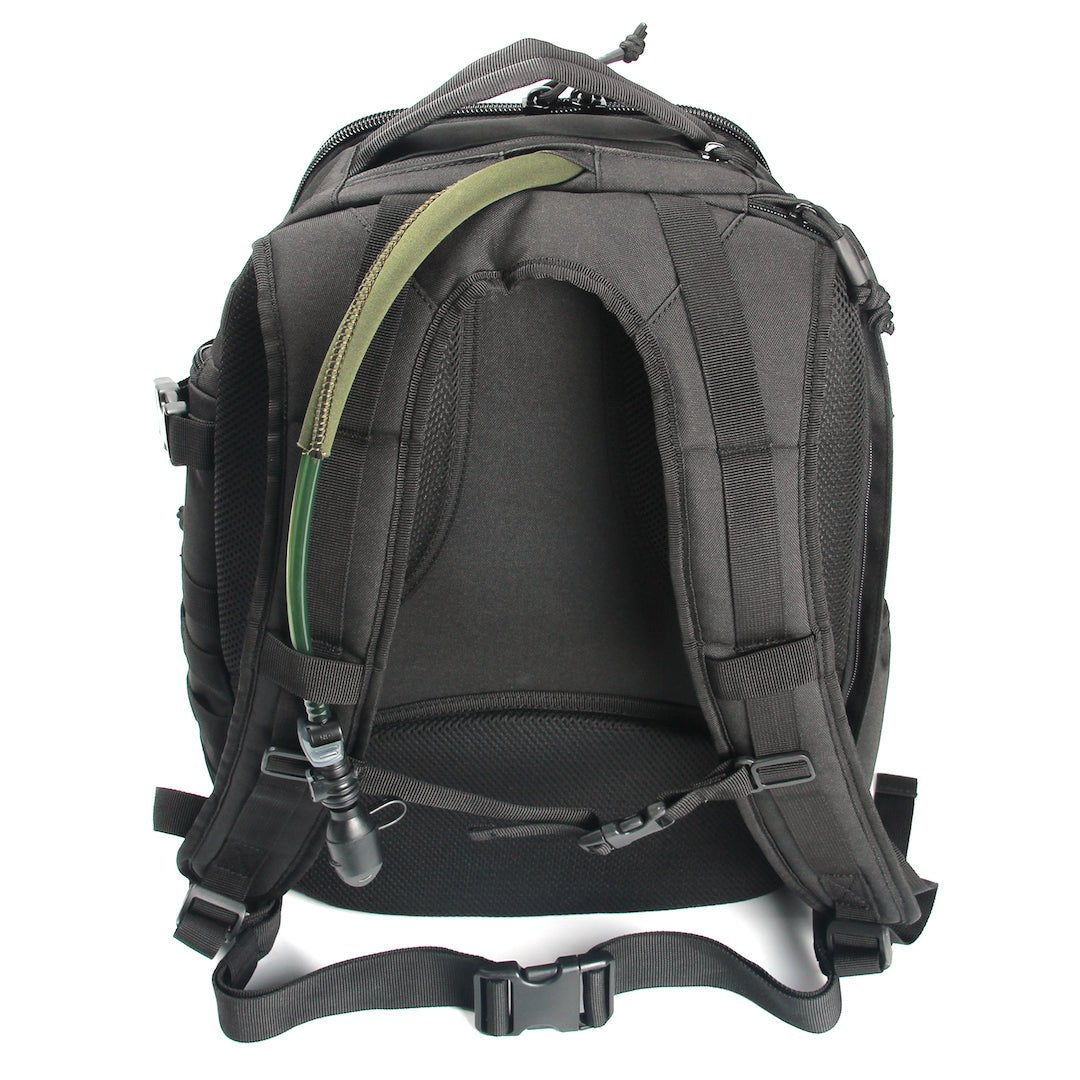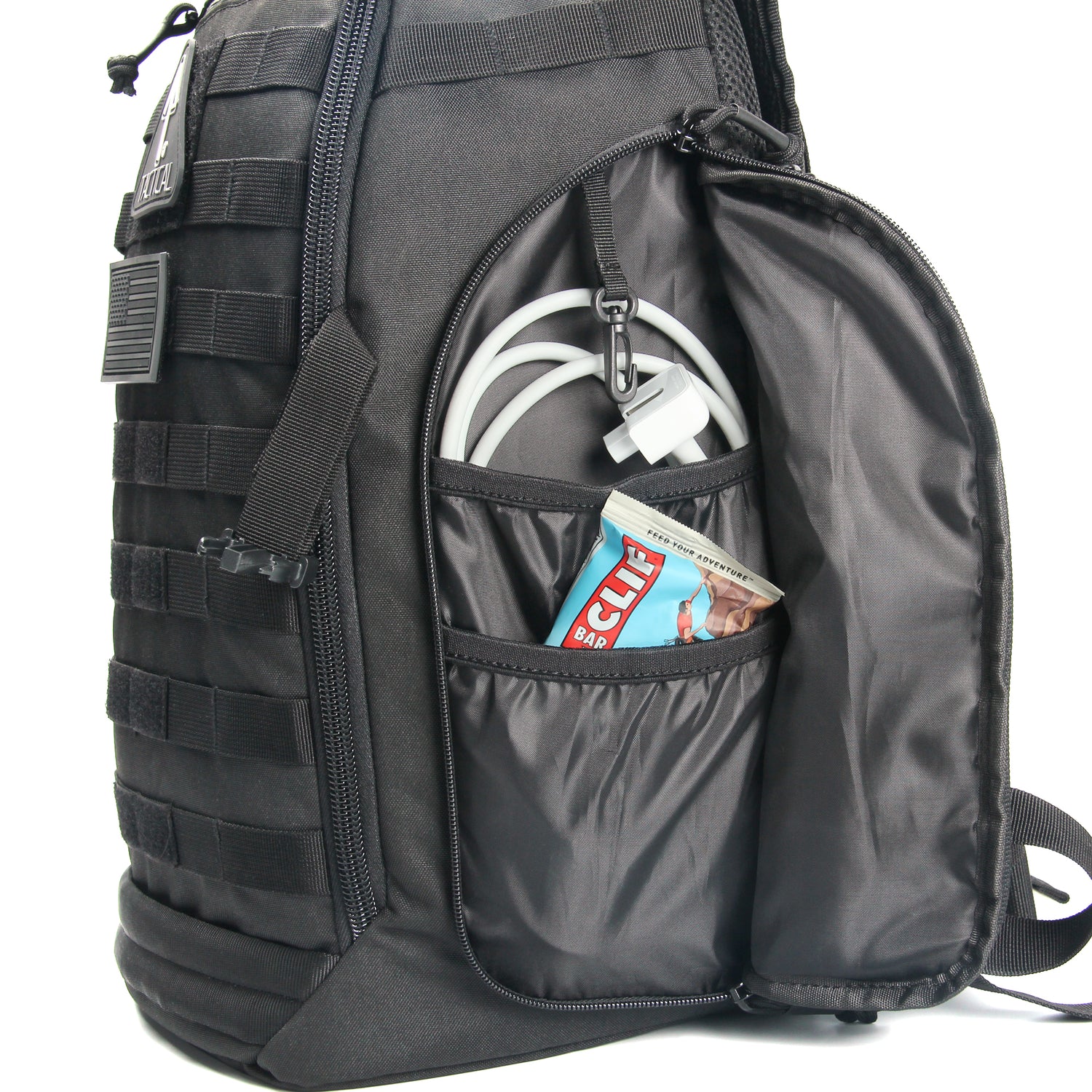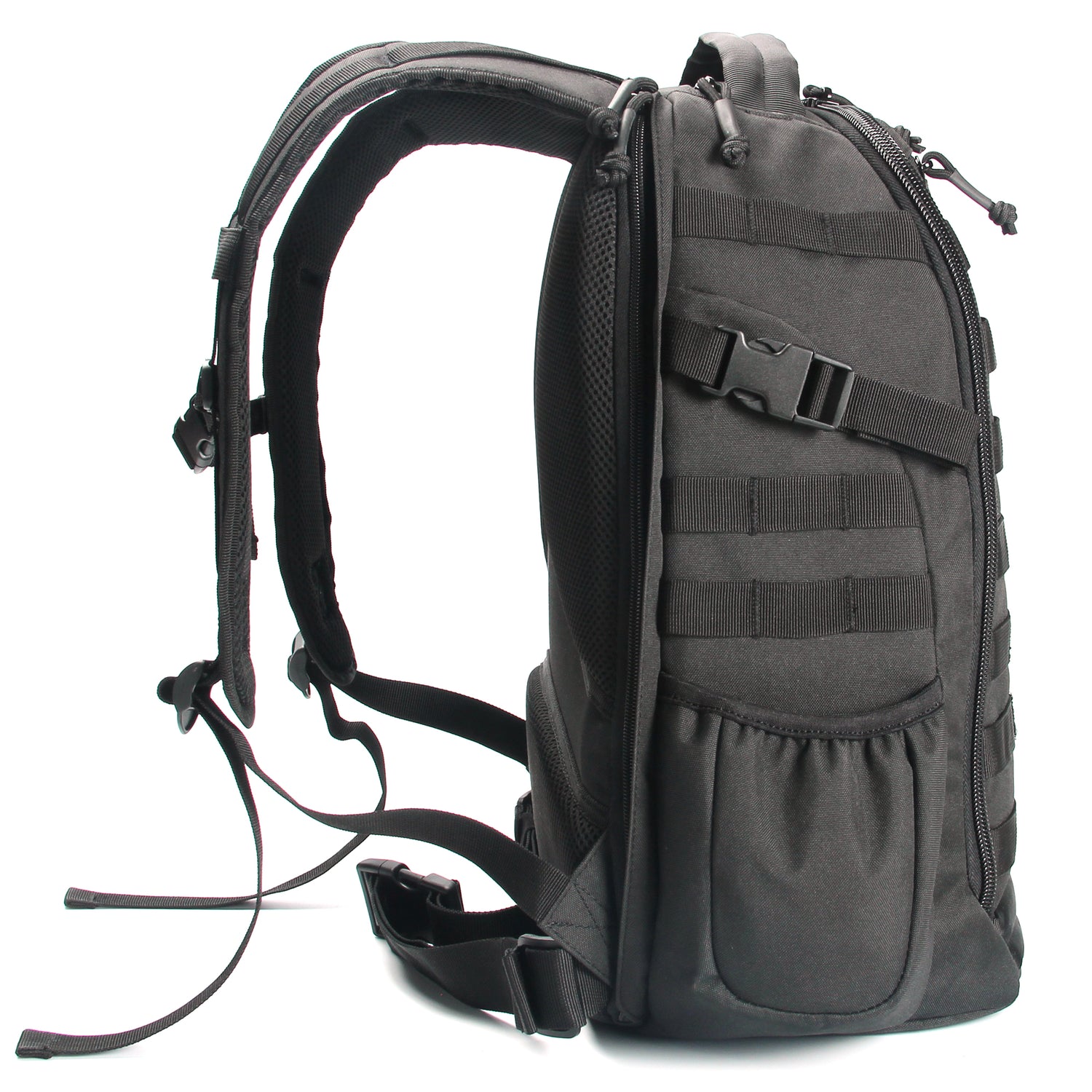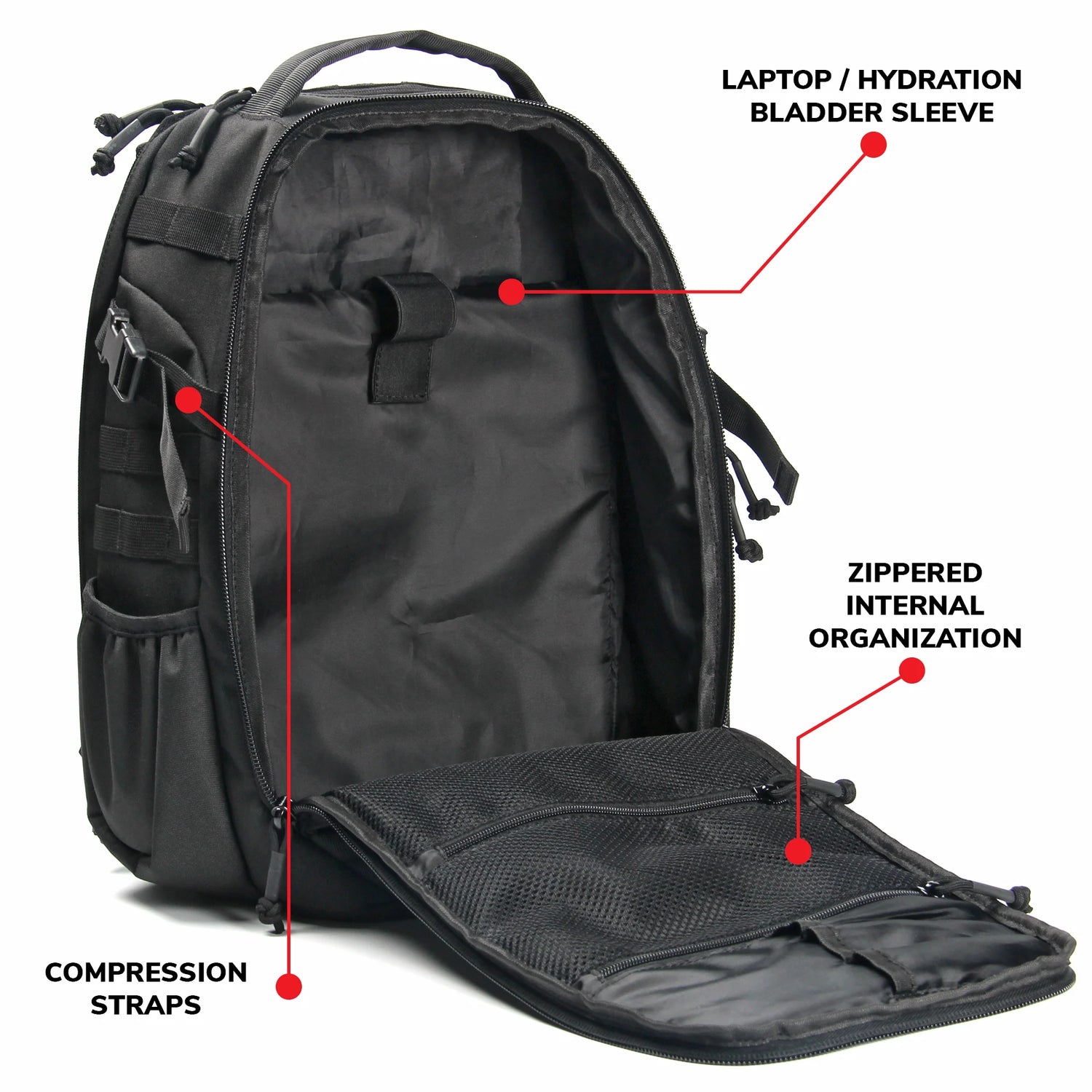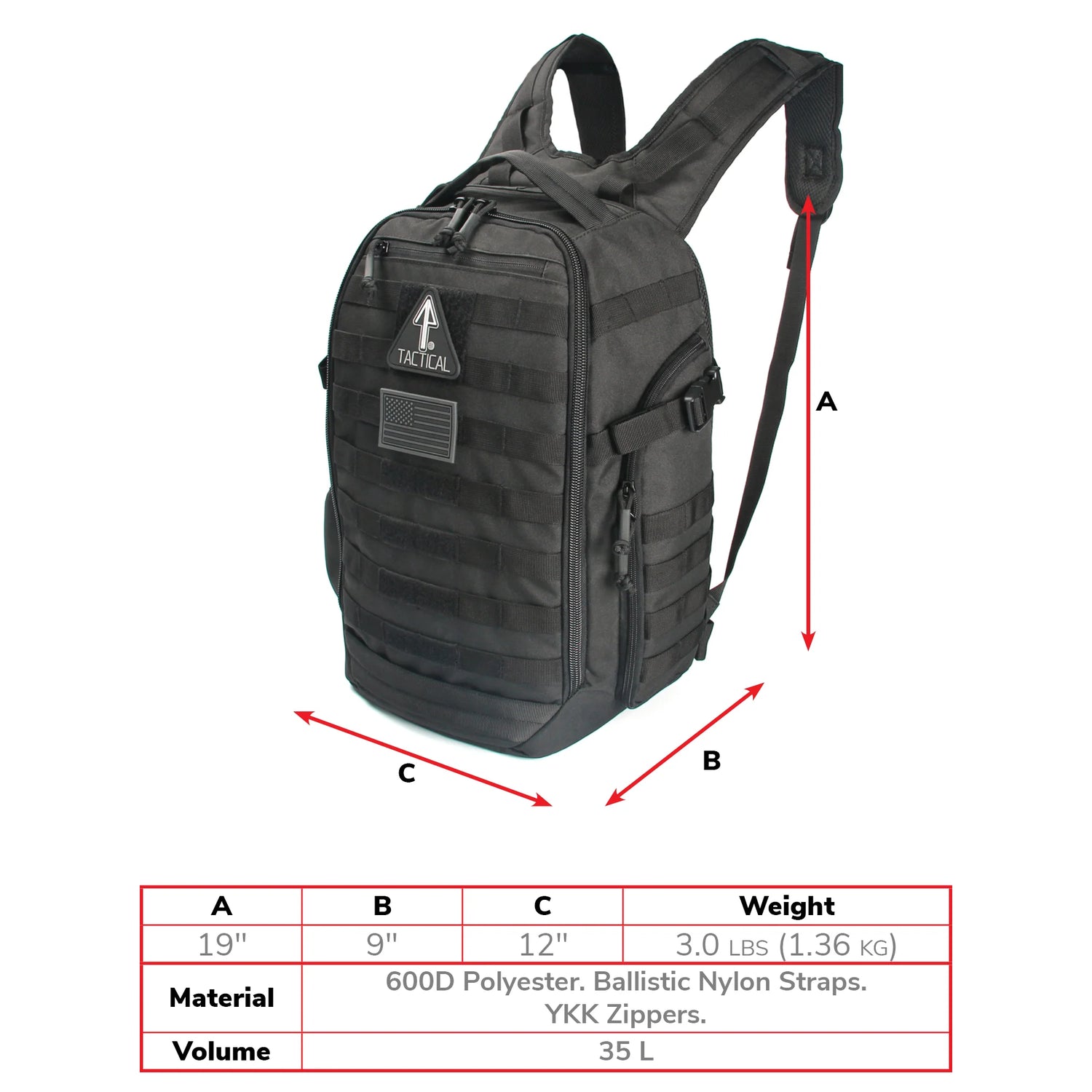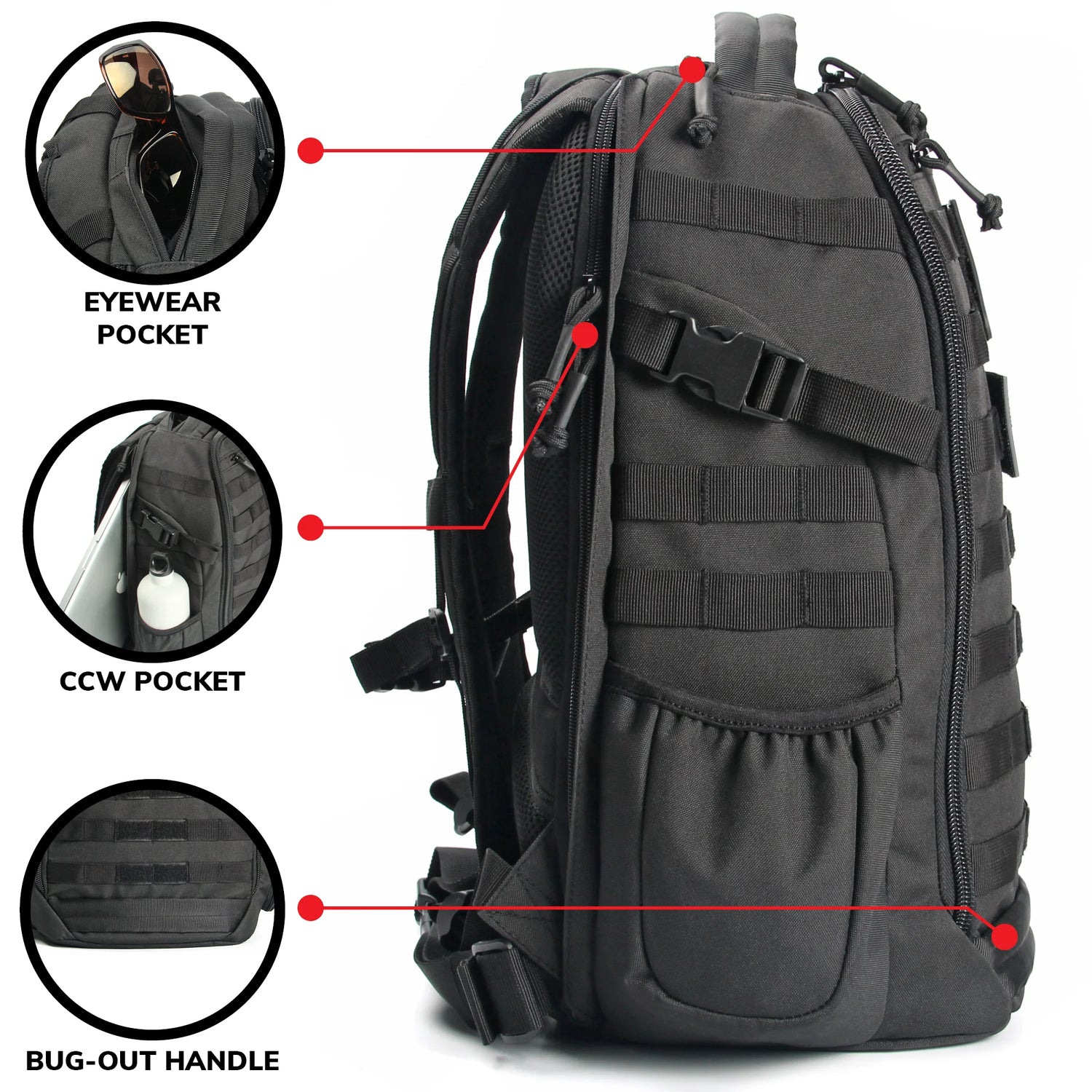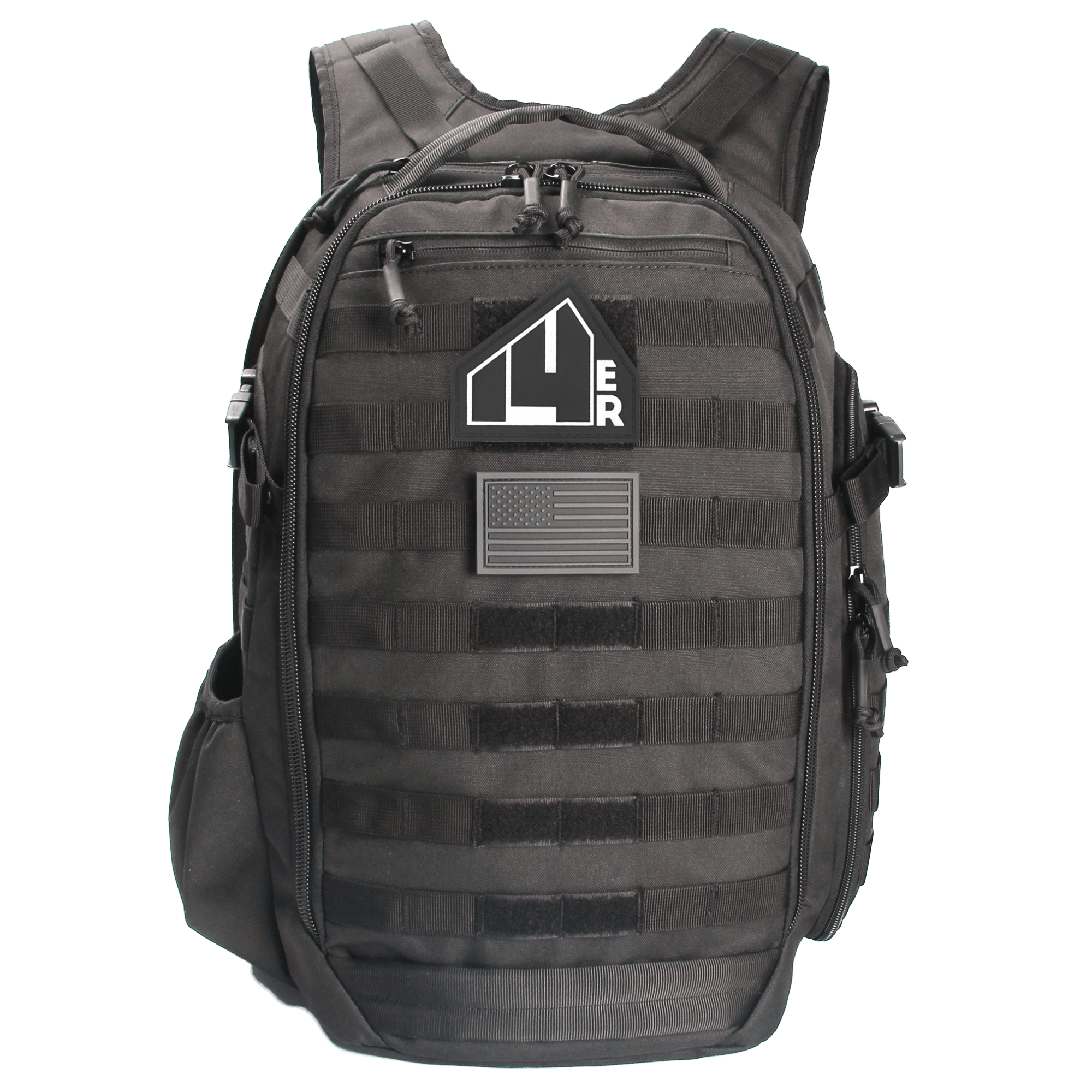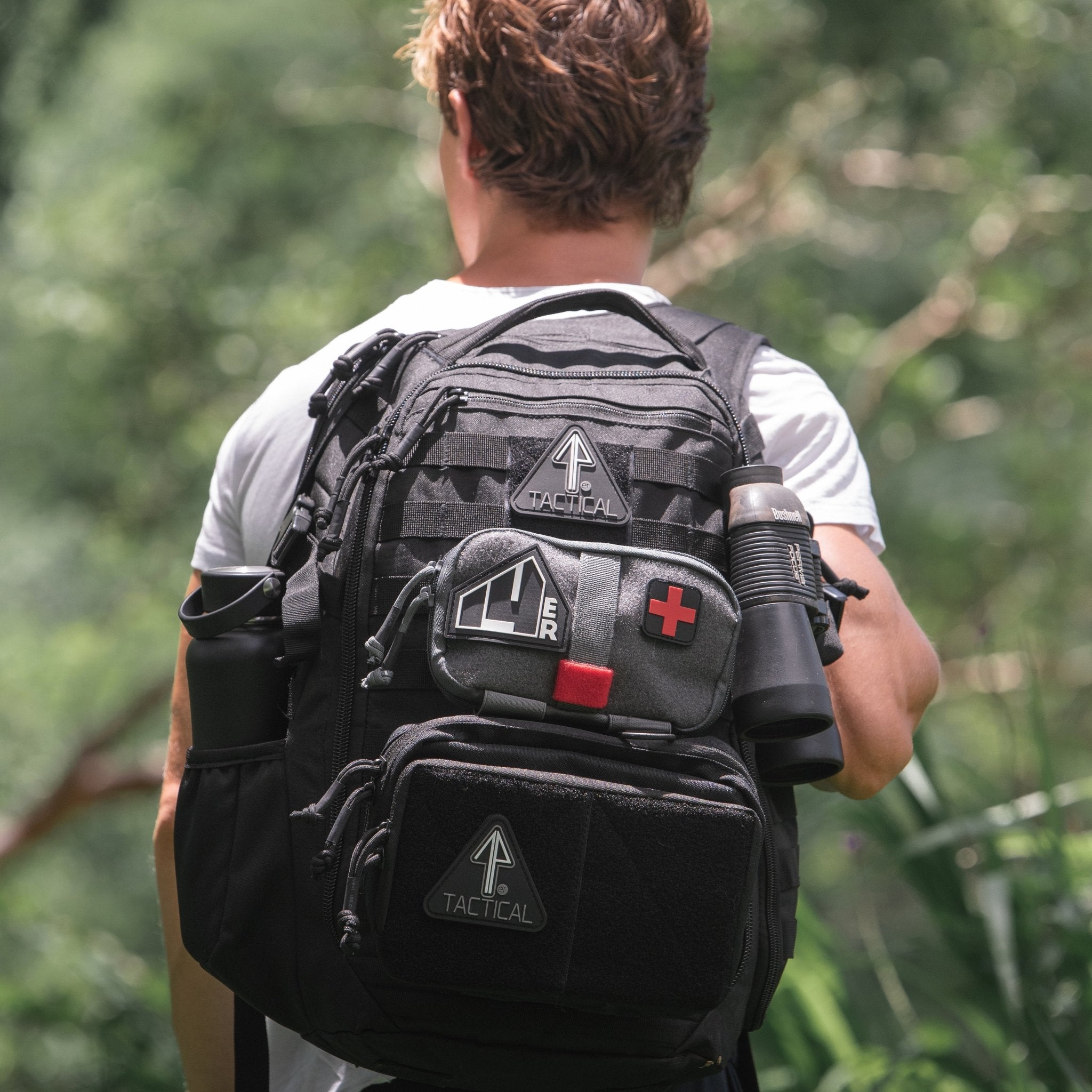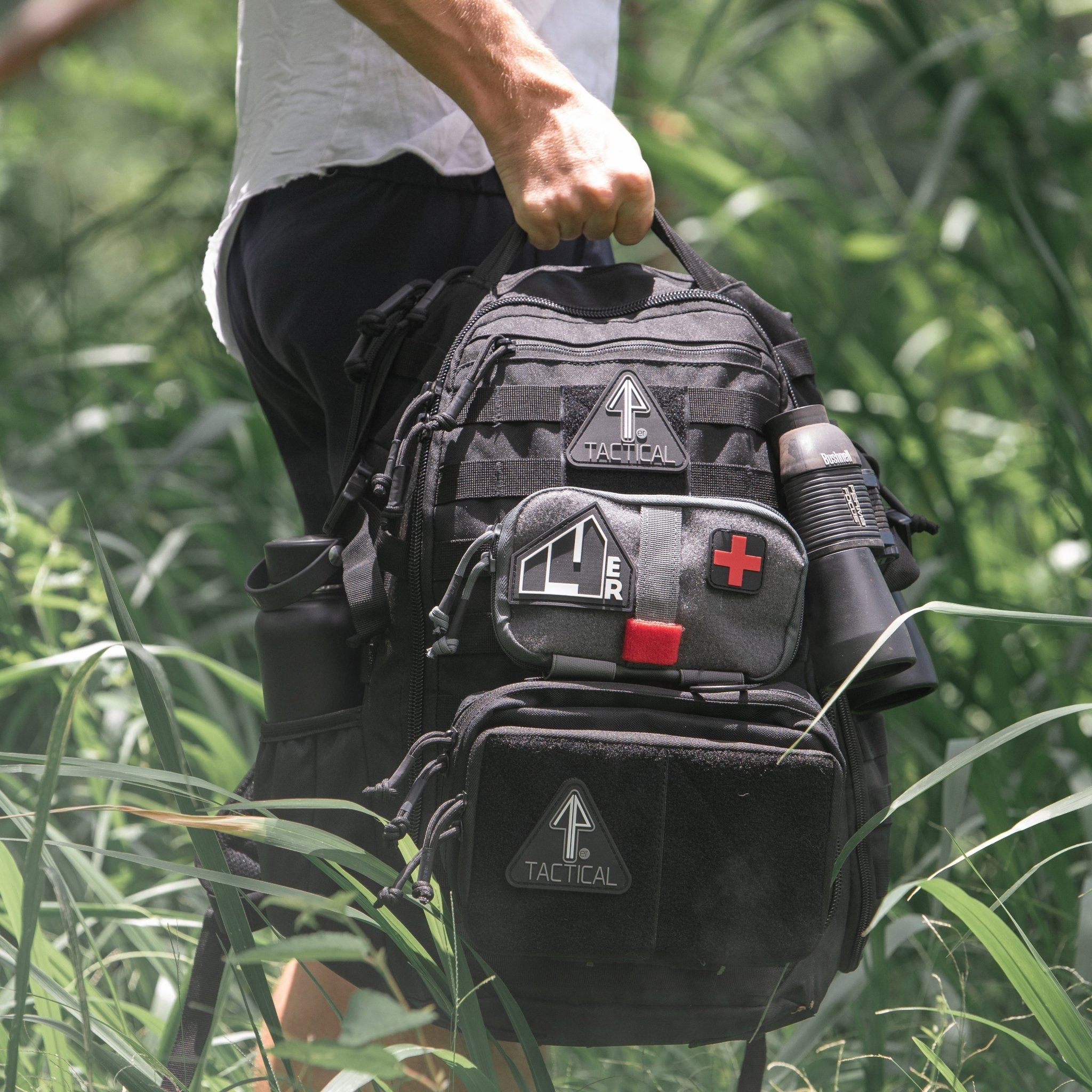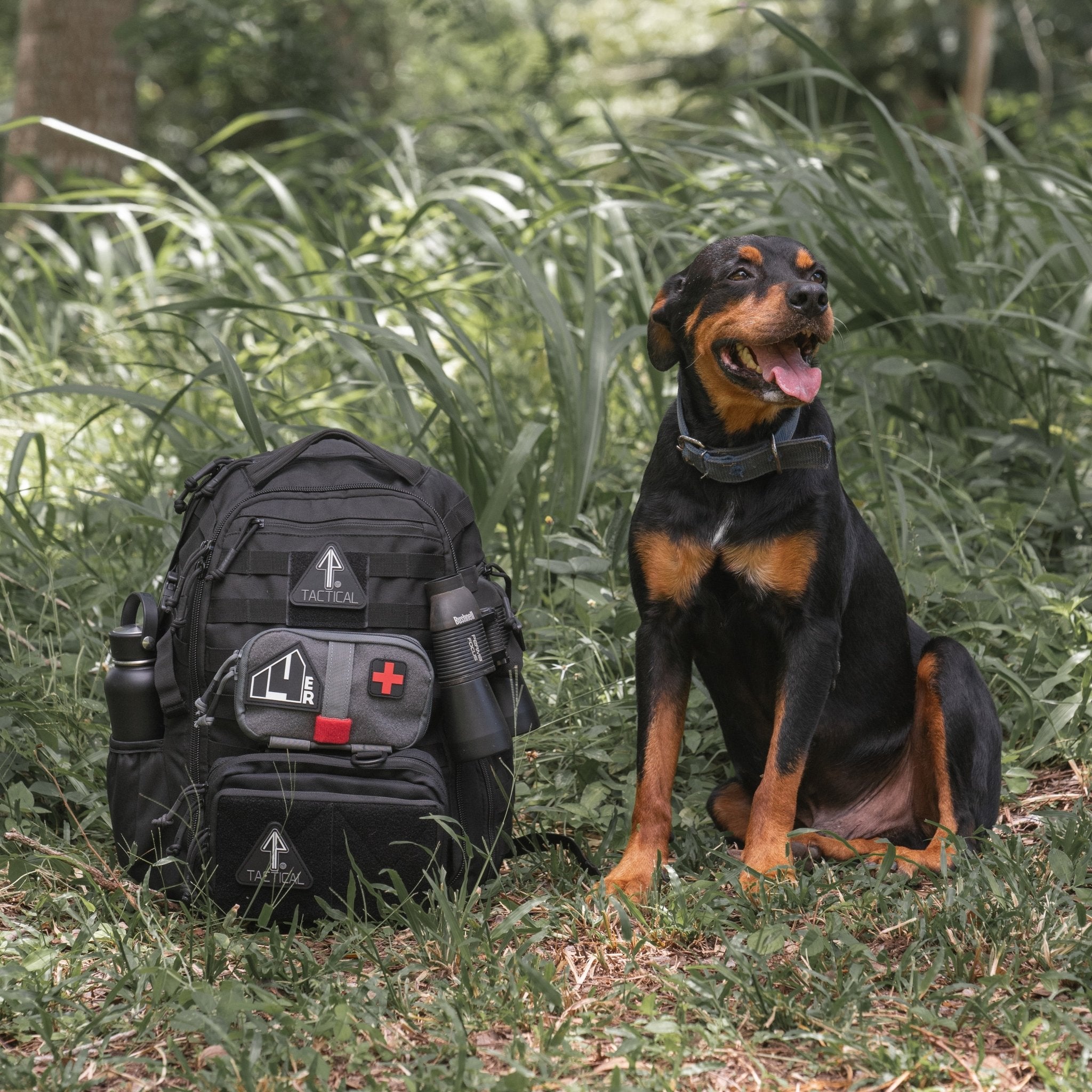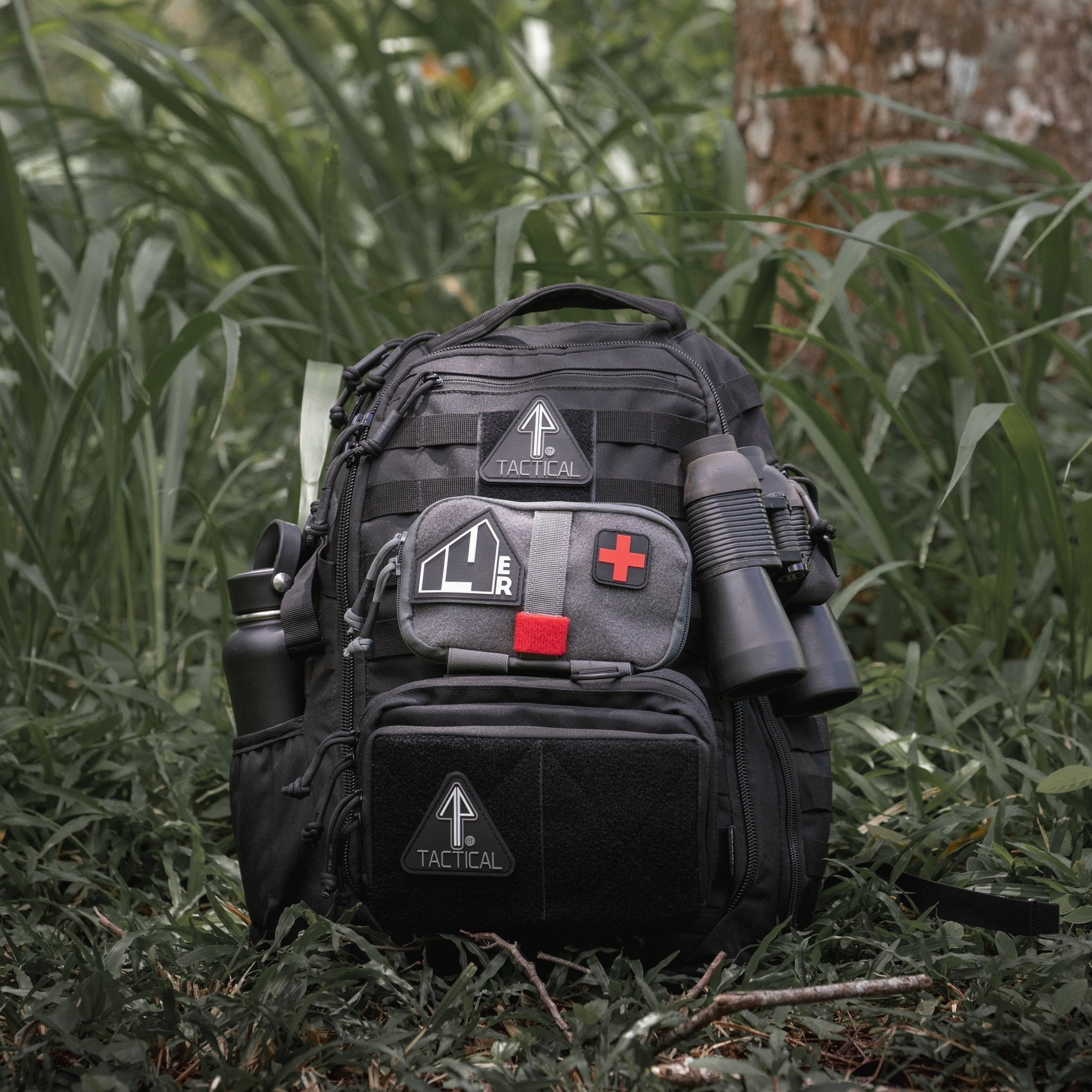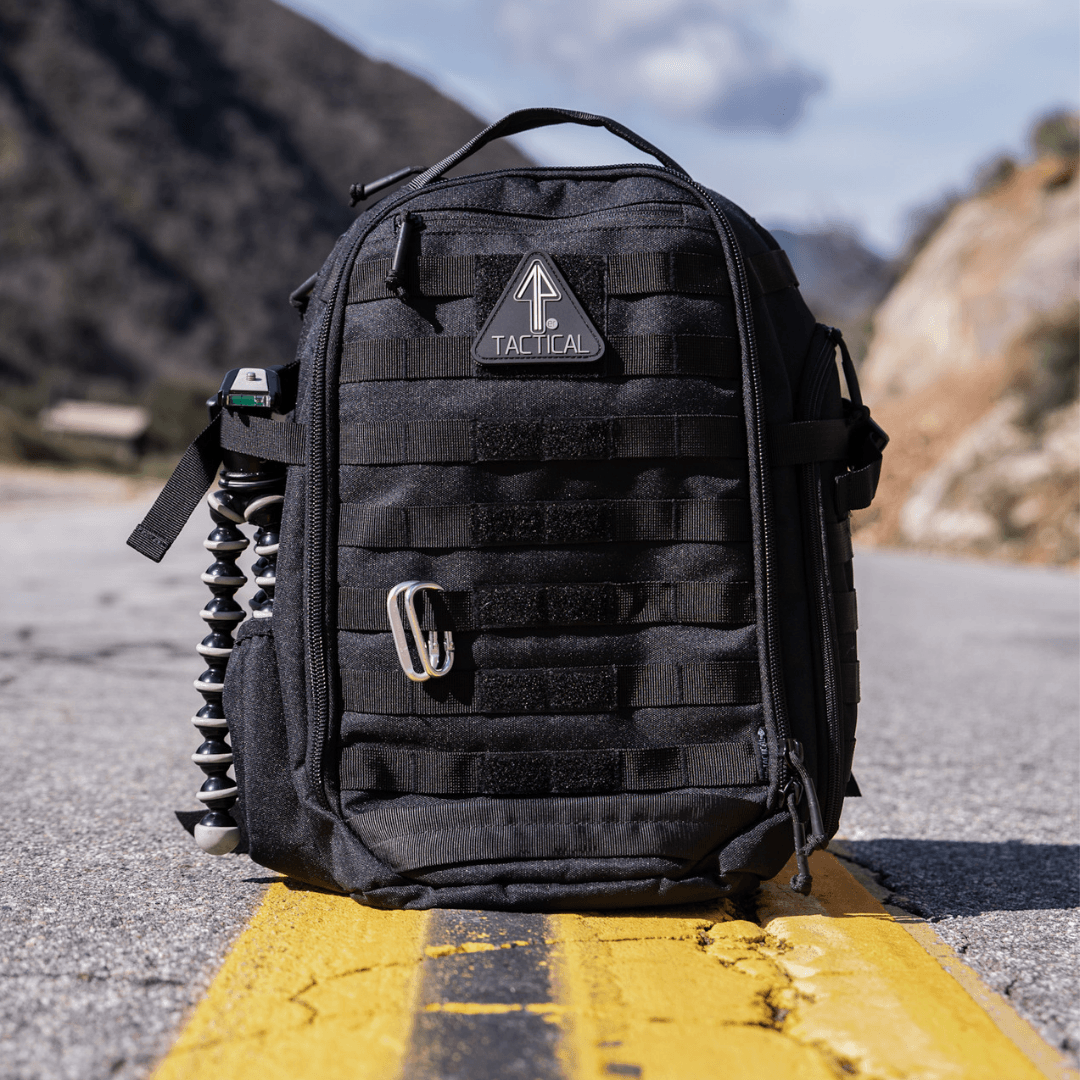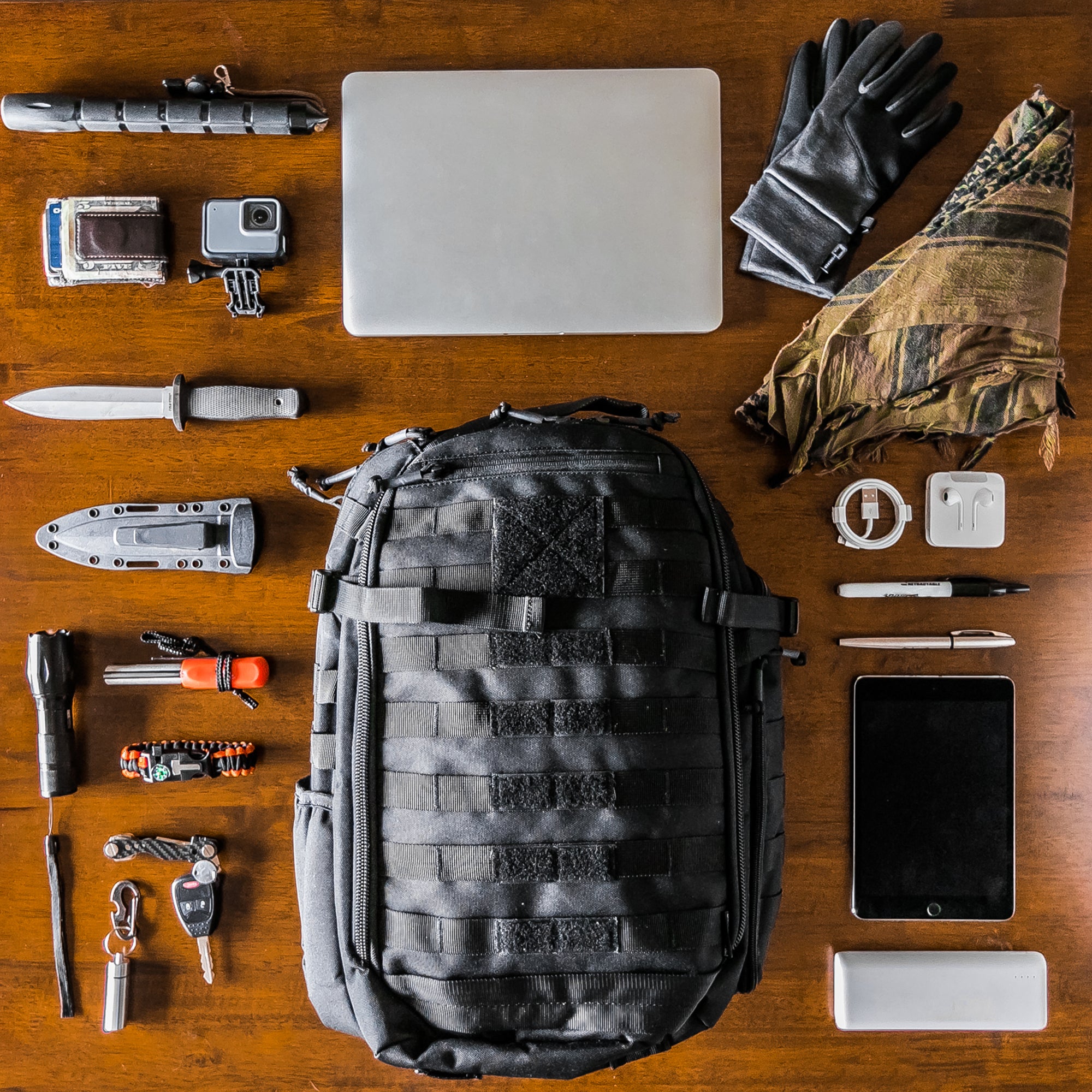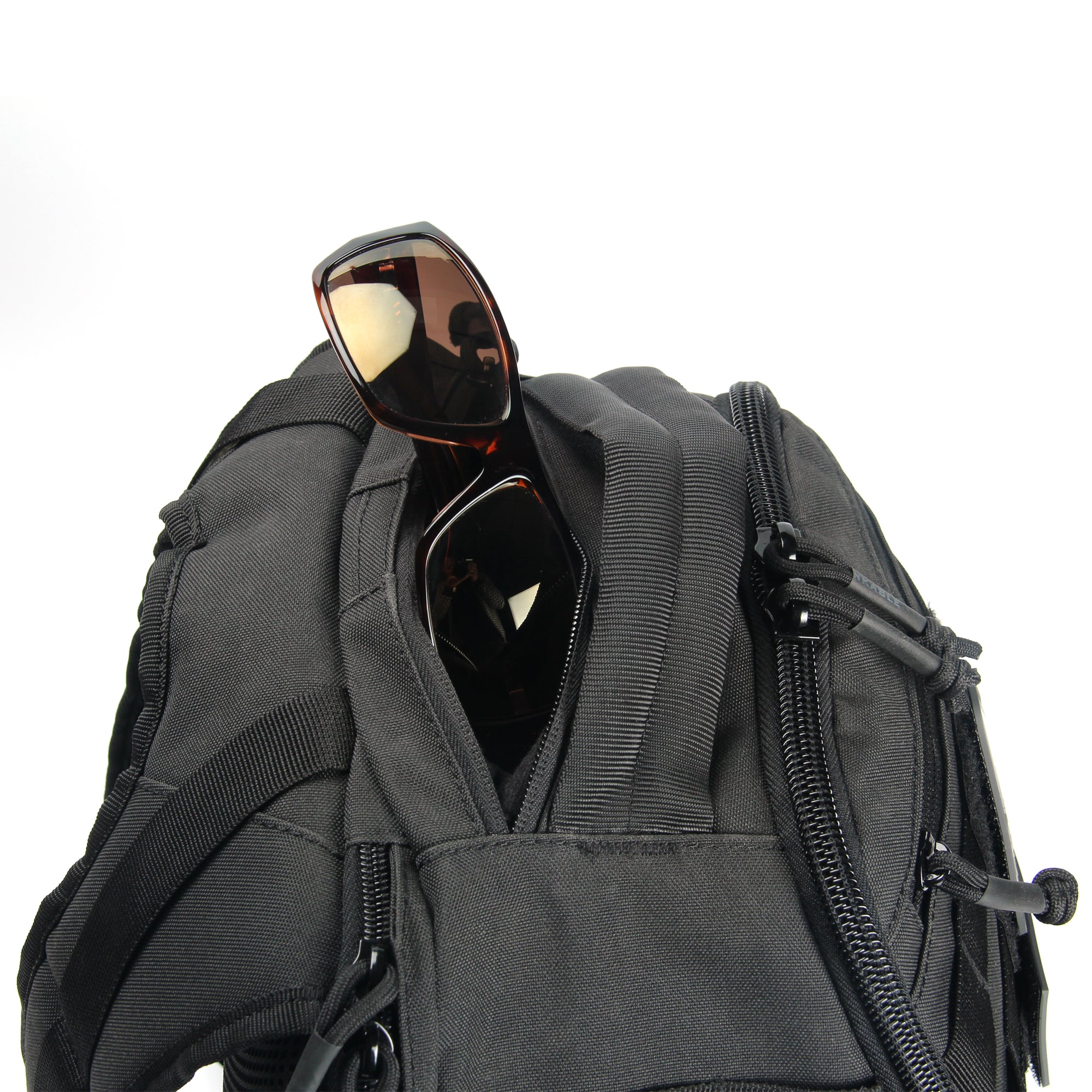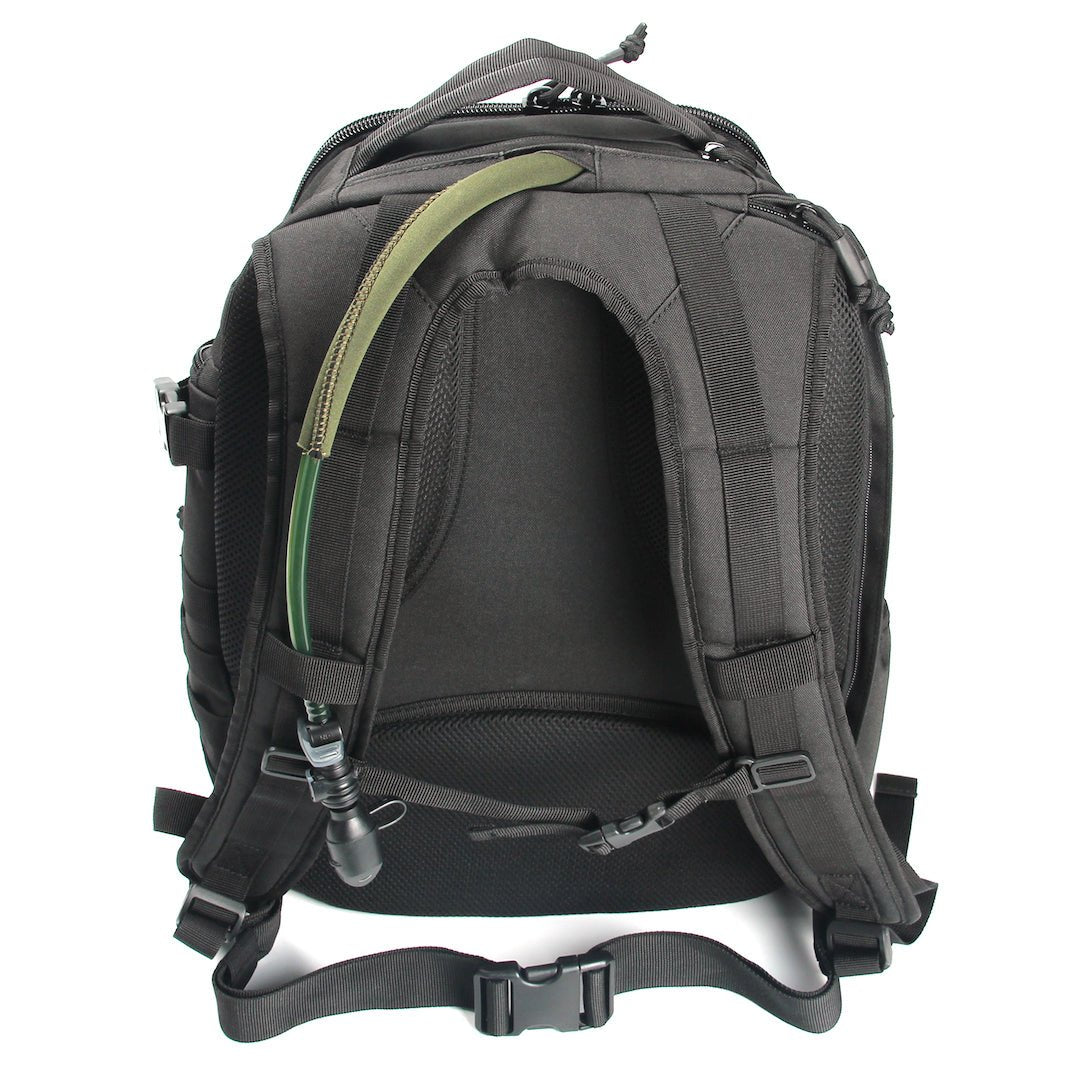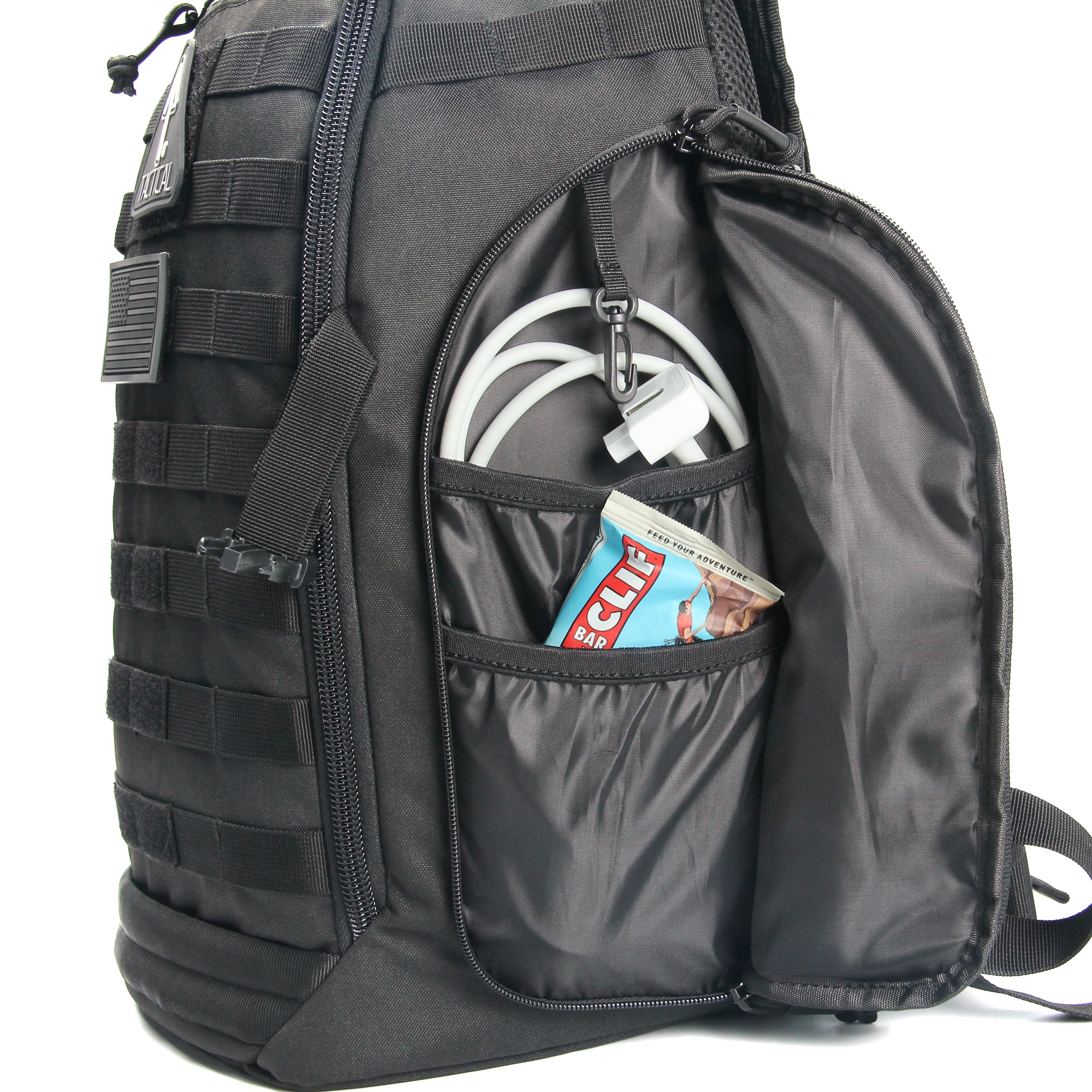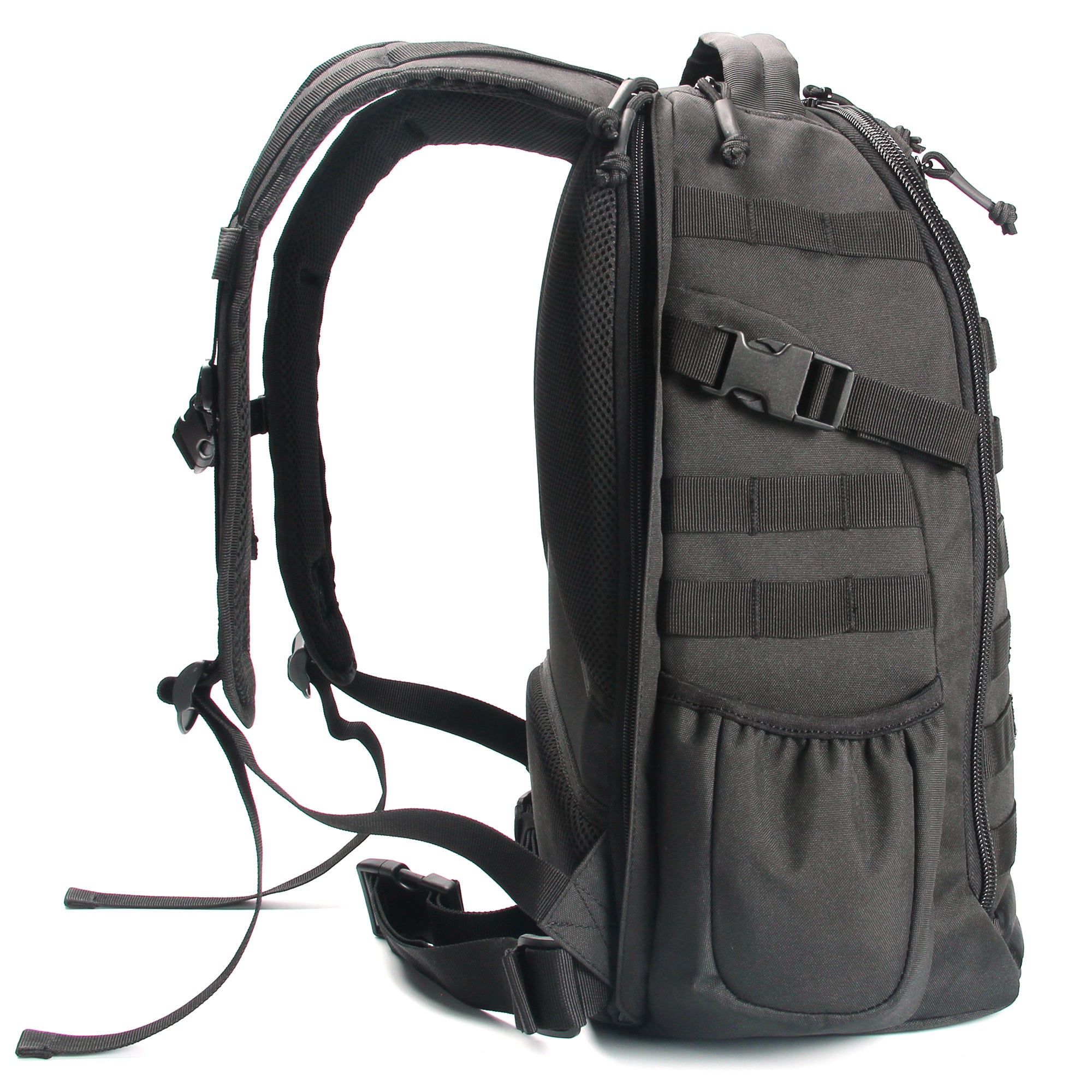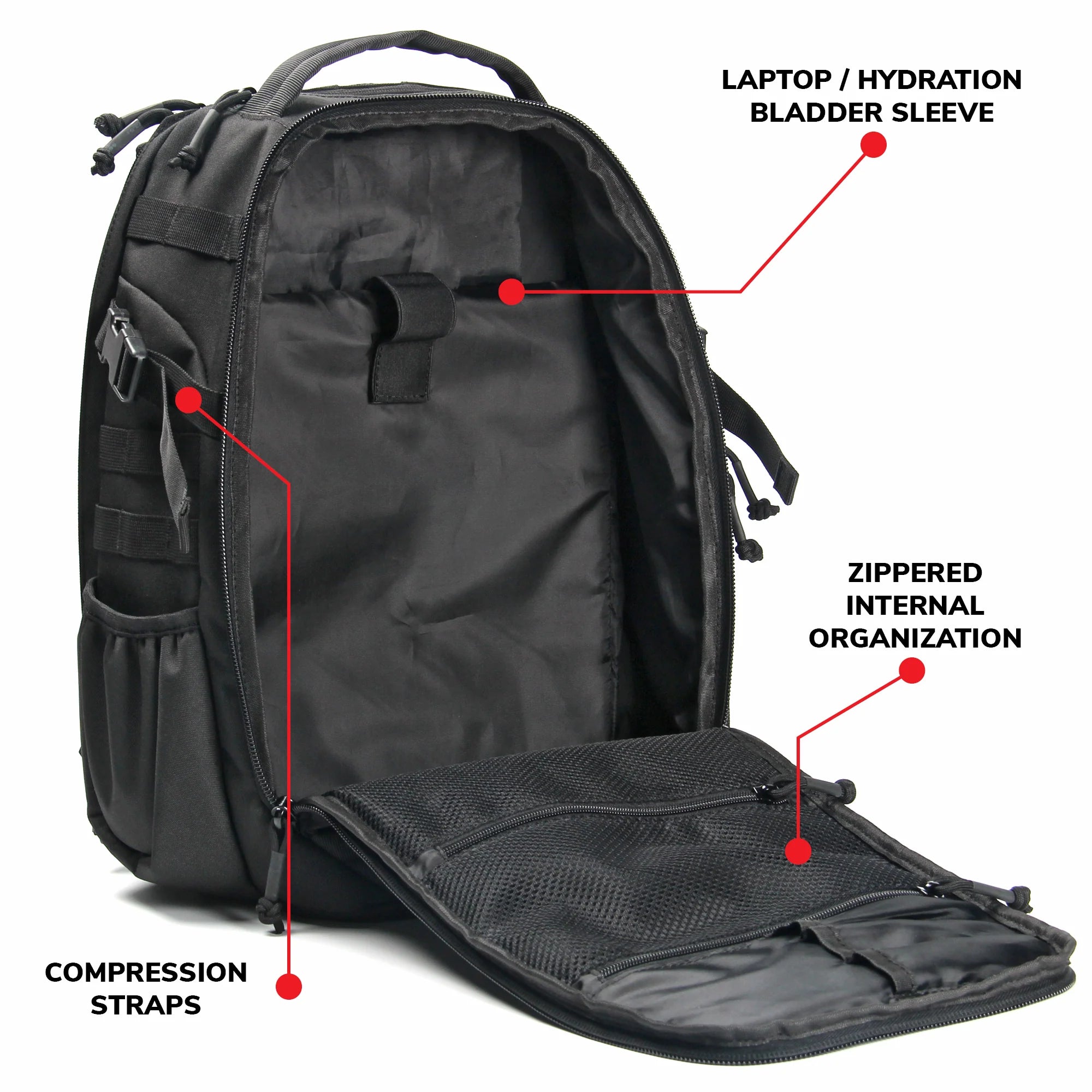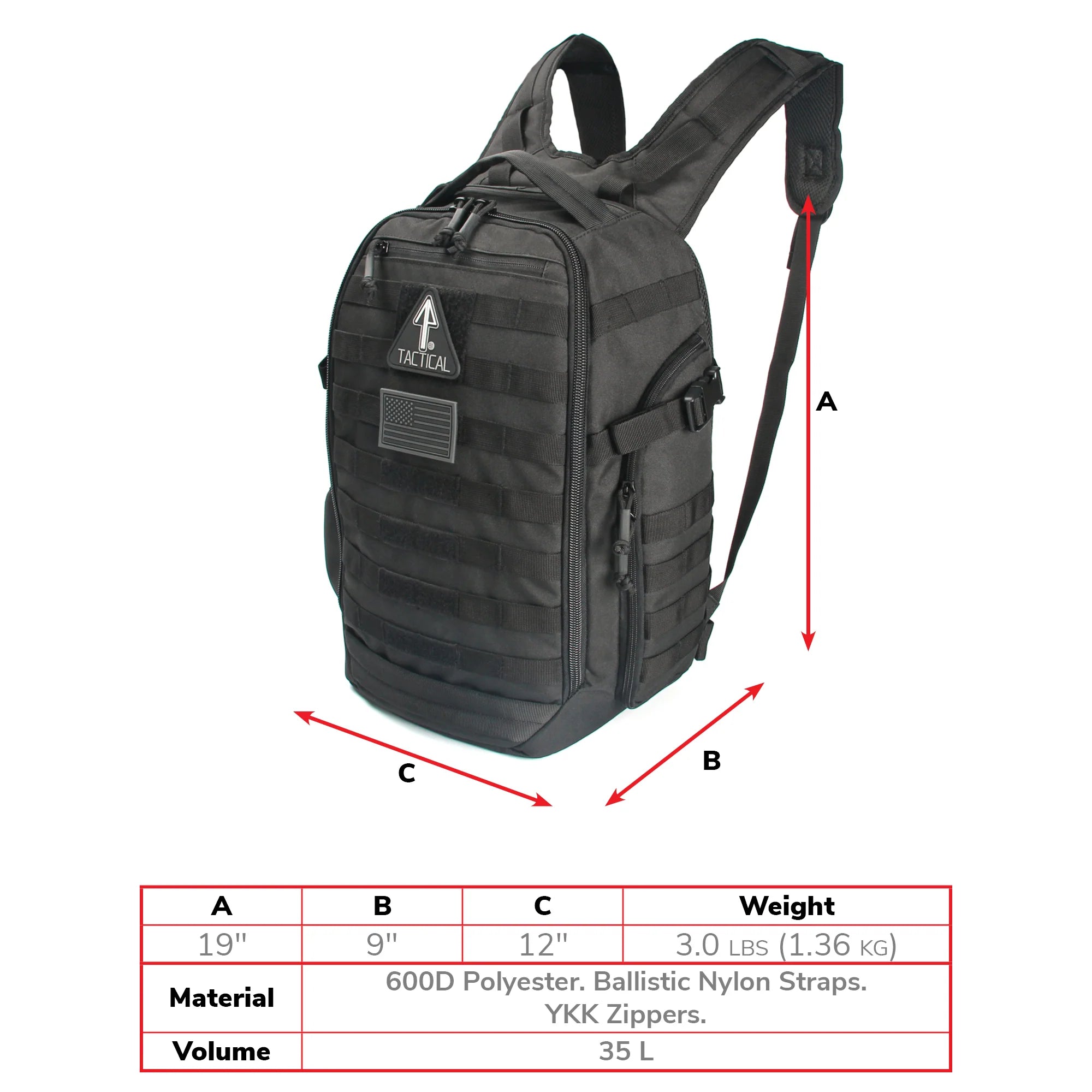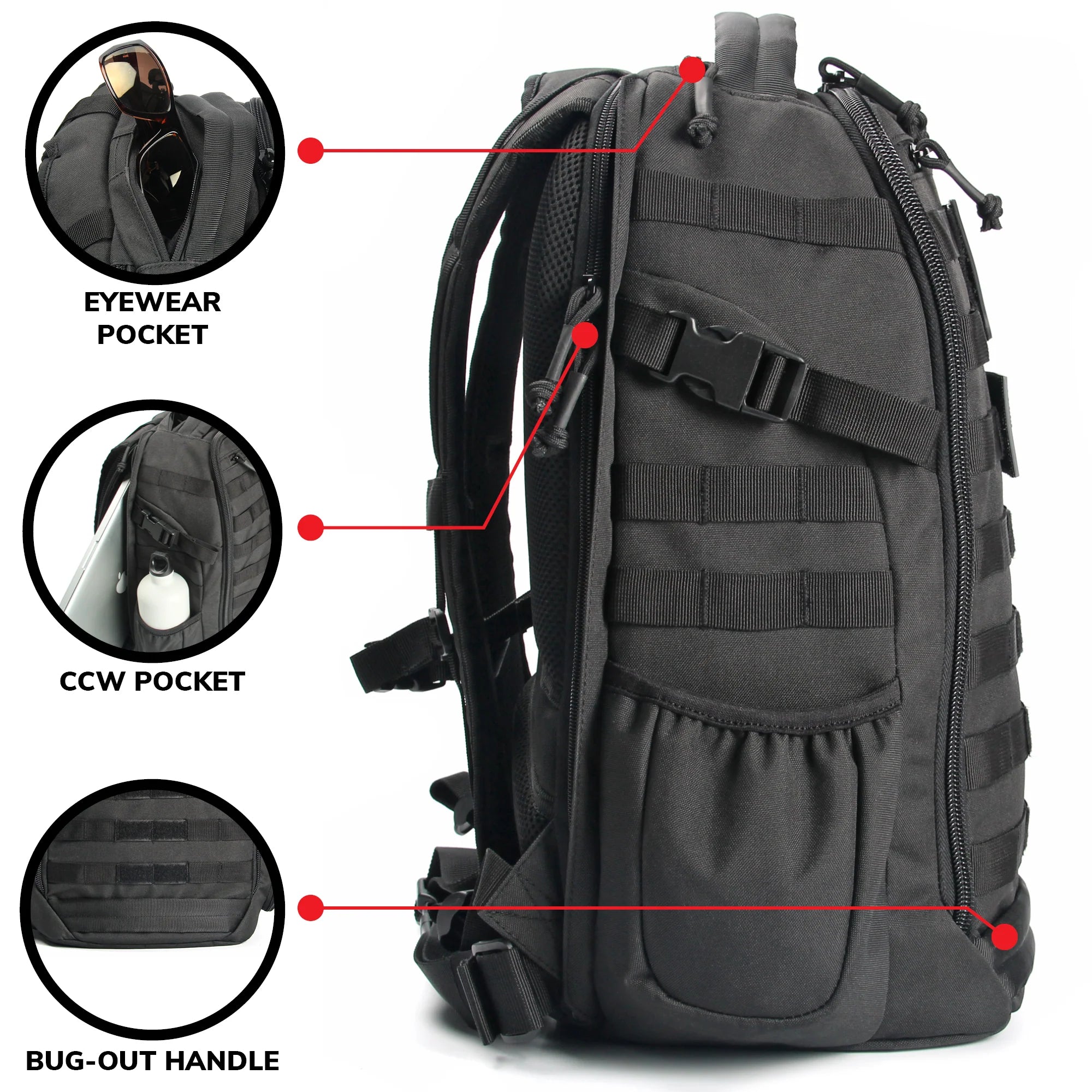Are you dreaming of conquering majestic mountains and serene trails but find yourself wondering how to prepare your body for the adventure ahead? Fear not! You're about to embark on a journey that's just as exciting as the hiking itself – getting fit for the trail. And guess what? You don’t have to do it alone. Your buddies here at 14er Tactical are all geared up to walk (or hike) you through every step of the way.

Understanding the Physical Demands of Hiking
Hiking is an adventure that transcends a mere walk in the park, challenging enthusiasts with its varied terrain, significant elevation gains, and the unpredictability of weather and climate, all while carrying essential gear. Each step on a hike tests and strengthens the body, from the calves and quads navigating uneven paths and steep ascents to the core and shoulders burdened by packs filled with necessities, including the indispensable 14er Tactical gear. Beyond the physical, hiking is a mental endeavor that fosters resilience, patience, and determination, as the trail demands mental endurance to match its physical rigors. The journey, with its moments of difficulty, ultimately rewards hikers with unparalleled vistas, personal growth, and a profound sense of achievement, making every challenging step worth the effort and illustrating why the great outdoors, with its open arms, is a testament to the transformative power of hiking.
Core Fitness Tips for Hiking Preparation
Alright, let's get down to business. You don't need a gym membership or fancy equipment to start preparing for your hiking adventures. What you need is a commitment and a bit of space to move around. We'll walk you through some basic but mighty exercises focusing on building your hiking muscles, improving your stamina, and ensuring you’re as flexible as a mountain goat.
Getting fit for hiking involves a mix of cardiovascular endurance, strength, and flexibility exercises. Here's a breakdown with examples:
-
Cardiovascular Endurance: Begin with activities that increase your heart rate and build endurance. Examples include brisk walking, running, cycling, or swimming. Aim for at least 150 minutes of moderate aerobic activity or 75 minutes of vigorous activity each week. For a fun twist, wear a weighted backpack (hello, 14er Tactical daypack!) during your walks to simulate hiking conditions.
-
Strength Training: Focus on lower body strength (quads, hamstrings, glutes) with squats, lunges, and step-ups. Don't forget your core — planks and Russian twists are great for stability. Upper body strength is also crucial for those challenging climbs, so incorporate push-ups and rows. Use resistance bands or a backpack filled with gear to add weight.
-
Flexibility and Balance: Yoga and Pilates can improve your flexibility, crucial for navigating tricky terrains. Balance exercises, such as single-leg stands or tai chi, will help you on uneven paths. Try balancing on one leg while wearing your hiking boots to get used to the feel.

Gear That Elevates Your Fitness Journey
Now, let's chat about something that can truly elevate your training game - the right gear. Think about it, just like that perfect pair of hiking boots that feel like they were made just for you, a backpack that fits just right is a game-changer. And when it comes to finding that ideal backpack, we've got something special in mind from 14er Tactical.
Picture this: you're gearing up for a hike or maybe a rigorous training session. What's the one thing you need by your side? A backpack that not only carries all your essentials but feels like a part of you. That's where the 14er Tactical Backpack shines. It's like that reliable friend who's always ready for an adventure, helping you carry your load without weighing you down. It's got all the space you need for your gear, snacks, and maybe a few extras, making sure you're prepared for anything the trail throws at you.
But it's not just about what it can carry; it's how it carries it. Designed with your comfort and convenience in mind, this backpack ensures everything has its place, making your life easier. And let's not forget how it stands up to the elements, ready to face whatever Mother Nature has in store. So whether you're tackling the great outdoors or conquering the urban jungle, the 14er Tactical Backpack has got your back. Ready to hit the trail and make every journey count?
Implementing a Training Schedule
Consistency is key, and a training schedule is your best friend. We know life gets busy, so we’ll help you craft a plan that’s realistic yet challenging. Whether you have six months or six weeks until your first hike, there’s a plan that can fit into your life. And with our gear by your side, every training session will leave you feeling one step closer to the summit.
A well-structured training schedule is your roadmap to success. Here's how to start:
-
Baseline Assessment: Understand your current fitness level. Can you walk a mile easily? How many push-ups or squats can you do? This will help tailor your training plan.
-
Progressive Overload: Gradually increase the intensity and duration of your workouts. If you start by walking 30 minutes a day, aim to increase this by 10% each week. Incorporate hills or stairs to mimic hiking terrains.
-
Rest and Recovery: Incorporate rest days into your schedule. Your muscles need time to recover and grow stronger. Consider light activities like stretching or leisurely walks on these days.
-
Sample Schedule:
- Monday: Cardio (running or brisk walking) + Core strengthening
- Tuesday: Strength training (lower and upper body)
- Wednesday: Rest or light yoga
- Thursday: Cardio with weighted backpack + Balance exercises
- Friday: Full body strength training
- Saturday: Long walk or hike simulating trail conditions
-
Sunday: Rest or light activity

Nutrition and Hydration for Hikers
Let’s not forget about fueling your engine. Eating right and staying hydrated are just as important as your physical training. We’ll share tips on what to munch before, during, and after your hikes, and how to ensure you’re hydrating properly – yes, there’s a bit more to it than just drinking water!
The right nutrition and hydration strategy can significantly impact your performance and enjoyment of hiking.
-
Nutrition: Your diet should fuel your training and hikes. Focus on complex carbohydrates for energy (whole grains, fruits, vegetables), lean proteins for muscle repair (chicken, fish, beans), and healthy fats for sustained energy (nuts, avocados, olive oil). Before a hike, eat a carb-rich meal to stock up on energy. Pack snacks like energy bars, nuts, and dried fruit for mid-hike fueling.
-
Hydration: Begin hydrating several days before a long hike. Carry enough water with you — a good rule of thumb is about half a liter per hour of moderate activity in moderate temperatures. Consider a hydration pack for easy access to water without having to stop and dig through your backpack.
-
Electrolyte Balance: Sweating not only loses water but also electrolytes. For longer hikes, bring electrolyte replacements (sports drinks, electrolyte powders) to prevent imbalances that can lead to cramping and fatigue.
-
Example Meal Plan:
- Breakfast: Oatmeal with fruit and nuts, plus a glass of water or green tea.
- Pre-Hike Snack: Banana with almond butter (easy to digest, provides quick energy).
- During Hike: Energy bars, trail mix, and a hydration pack filled with water.
- Post-Hike: Grilled chicken, quinoa, and a mix of colorful vegetables for recovery.
Starting your hiking journey is an exciting time, filled with anticipation and dreams of the trails you'll conquer. By focusing on your fitness, equipping yourself with the right gear, and fueling your body properly, you're setting yourself up for success. Remember, every mountain peak starts with a single step, and with 14er Tactical gear in your pack, you’re already on the right path. So lace up those boots, embrace the journey, and let the mountains move you – both literally and figuratively. Can't wait to hear about your adventures, and remember, we're here to support you every step of the way. Happy hiking!


